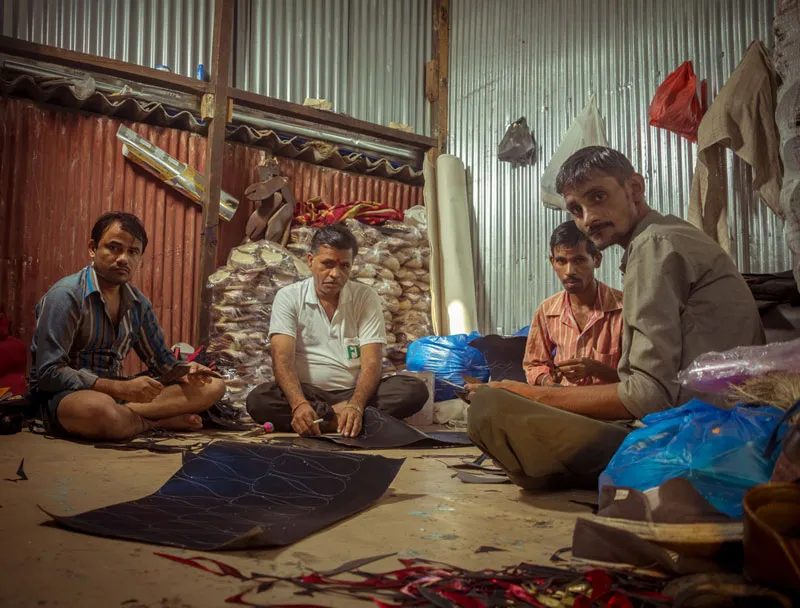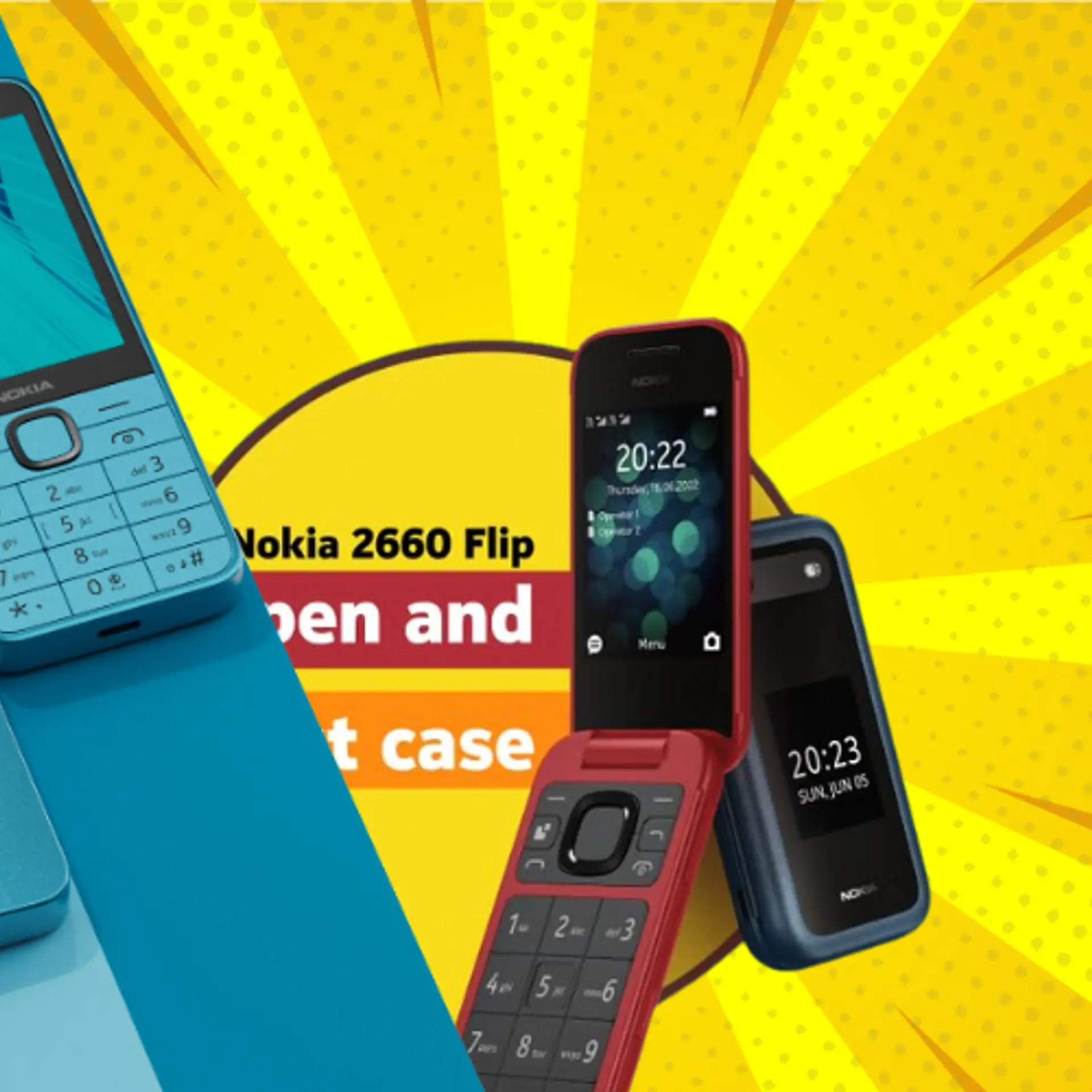Why should social good brands tell visual stories
Rise of the Indie entrepreneurs
In the present age of scale-hungry, tech-driven startups, there is a breed of entrepreneurs who think beyond bottomlines and shareholders. They are the Indie entrepreneurs. These new age entrepreneurs find innovative solutions to the problems of local communities. They create value through products or services of high utility that are designed using sustainable processes. They are passionate about positively changing the world, than madly pursuing profits. Bruce Nussbaum, author of Creative Intelligence, calls them Indie capitalists.
A social entrepreneur is an Indie entrepreneur. His mission is to solve a complex social problem that may not have a single solution and is mostly local. Although profits or donations are essential for survival and long-term sustainability, positive social or environmental impact is the basis of existence of a social venture. Each such venture represents a unique human story of fight, hope, and triumph against something that upsets people’s social and economic aspirations. These stories form the pillars of social good brands.
Conveying brand vision through visual storytelling
Storytelling is the most effective way to convey a brand vision and is now a well-accepted concept. People can be motivated to be a part of a social venture as customers, investors, or volunteers by showing them a positive picture of the outcome of its efforts. Imagery that shows emotions, feelings of liberation, and satisfaction of achieving something can stimulate us more than words. Compelling visual stories create instant human connection.

Visuals capture emotions more perfectly than any other media. They transport the viewer to a world you want them to experience. When backed up with a strong written narrative, the viewer gets a taste of your daily effort, a slice of the struggle involved, and the triumph of goodness.
According to a study by Wzyowl, humans tend to remember only 10% of what they hear and 20% of what they read. As against this, they can strongly remember and recollect 80% of what they see.
Studies have shown that stories that are supported by visuals lead to increased comprehension and recall. Stories move viewers in a way that facts and figures cannot.
Today, marketing is steadily shifting its focus from promotion through advertising, to promotion through storytelling. Social brands are presumably better poised for engagement by means of visual communication than traditional advertising media. People no longer wish to be at the receiving end of a monologue. They want to see it, to believe it. They want to feel belonged and be convinced that their participation will be invaluable.
Leading non-profit brand charity: water beautifully conveys visual stories of its successful projects, day to day life of impacted communities, and activities of their donors. Renowned humanitarian photographer, Esther Havens captures the happiness, hope, and positivity of her subjects through her photographs. Mo Scarpelli’s video on Asharfi’s story showcases the inspirational tale of a mechanic supported by Charity: Water. Toms Shoes, a one for one giving shoe company, has built a massive fan following on Instagram. Around 45,000 pictures of their shoes have been tagged by their loving customers.


Are social brands aware?
Today digital media is the best way of having a meaningful conversation with one’s target audience. While this is true, it has also led to a blast of content thus making consumers highly choosy while responding to any traditional brand communication. Social brands have a great potential to cut through the clutter and attract and retain motivated fans by harnessing the power of visual storytelling. The real question is ‘Are the social brands aware that they have this power?’







